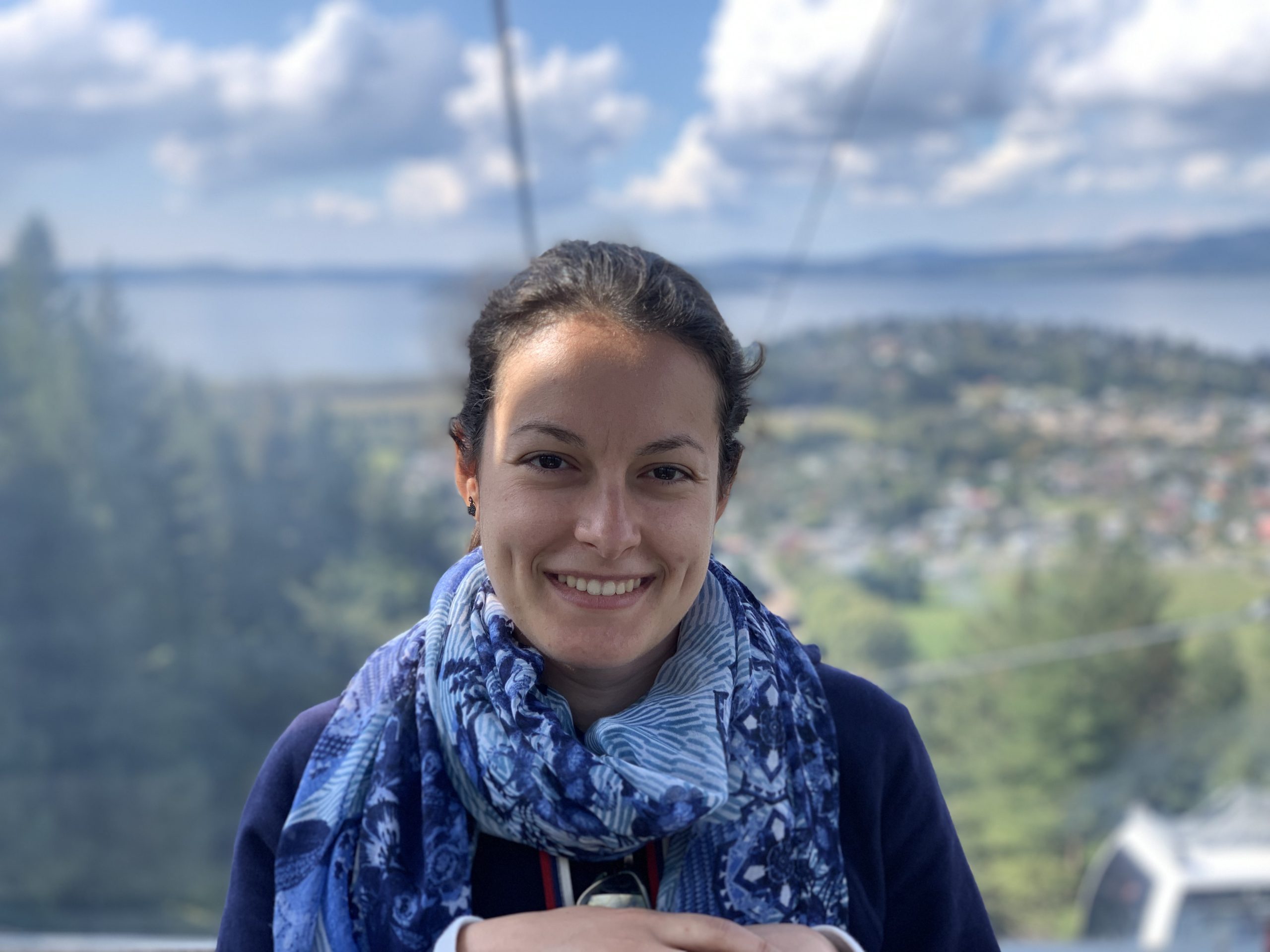Melissa Wallace
University of Texas at San Antonio
Currently in the United States there are over 200 detention facilities holding over 500,000 detained immigrants (Detention Watch Network, n.d.). Mexicans and Central Americans are disproportionately targeted (Provine, 2013; Wallace & Hernández 2017), and the institutional racism at play at the moment of detention extends to additional marginalization and discrimination in the case of LGBTQ+ detainees and victims of gender-based violence (GBV). Such detainees are at considerably higher risk than the general population for mental health disorders such as posttraumatic stress disorder (PTSD), depression, isolation, grief, shame, psychological stress, generalized anxiety, and helplessness, as well as higher rates of sexual violence (Bernardes, Wright, Edwards, Tomkins, Dlfoz and Livingstone, 2010; Hopkinson, Keatley, Glaeser, Erickson-Schroth, Fattal and Nicholson Sullivan, 2017; MADRE, Human Rights and Gender Justice Clinic, Center for Gender & Refugee Studies, and Florence Immigrant and Refugee Rights Project, 2019). Such forced migrants are often subject to prolonged detention without language-assisted access to mental health services, in spite of general agreement that interpreter services enable patients to talk about problems and feelings and are integral in providing mental healthcare for refugees and forced migrants (Gartley & Due, 2016; Geiling, Knaevelsrud, Böttche and Stammel, 2021; Van de Geuchte & Van Vaerenbergh, 2021).
Although U.S. Immigration and Customers Enforcement (ICE) claim to provide meaningful language access to LEP detainees in relation to placement in segregation, sexual abuse and assault prevention and intervention, and mental health care, among other things (ICE, 2019: ii-iii, 8), the need for mental health services for LGBTQ+ detainees and victims of GBV is acute, and providers in detention centers report that mental health services are largely inadequate or absent or even that they come in the form of punitive practices (MADRE et al.: 6-8; Woodman, Kehoe, Saleh and Rappleye, 2019). To that end, this presentation turns a critical eye toward the broken promises between language access to mental health services for victims of GBV in US detention centers and the reality described by the non-profit organizations which serve this population. This presentation calls for compliance and heightened protections for language access for victims of gender-based violence in US detention centers.
References
Bernardes, D., Wright, J., Edwards, C., Tomkins, H., Dlfoz, D., and Livingstone, A. (2010). Asylum Seekers’ Perspectives on their Mental Health and Views on Health Social Services: Contributions for Service Provision Using a Mixed-Methods Approach. International Journal of Migration, Health and Social Care, 6(4), pp. 3-19. https://doi.org/10.5042/ijmhsc.2011.0150
Detention Watch Network. (n.d.). Immigration Detention 101. https://www.detentionwatchnetwork.org/issues/detention-101#:~:text=In%20Fiscal%20Year%20(FY)%202019,and%20Customs%20Enforcement%20(ICE)
Gartley, T., and Due, C. (2015). The Interpreter Is Not an Invisible Being: A Thematic Analysis of the Impact of Interpreters in Mental Health Service Provision with Refugee Clients. The Australian Psychologist, (52), pp. 31-40. https://doi.org/10.1111/ap.12181
Geiling, A., Knaevelsrud, C., Böttche, M., and Stammel, N. (2021). Mental Health and Work Experiences of Interpreters in the Mental Health Care of Refugees: A Systematic Review. Frontiers in Psychiatry, (12), pp. 1-18. https:// doi: 10.3389/fpsyt.2021.710789
Hopkinson, R. A., Keatley, E., Glaeser, E., Erickson-Schroth, L., Fattal, O., and Nicholson Sullivan, Melba. (2017). Persecution Experiences and Mental Health of LGBT Asylum Seekers. Journal of Homosexuality, (64)12, pp. 1650-1666. http://dx.doi.org/10.1080/00918369.2016.1253392
MADRE, Human Rights and Gender Justice Clinic, Center for Gender & Refugee Studies, and Florence Immigrant and Refugee Rights Project. (2019). Eroded U.S. Asylum Protections for Gender Based Violence Survivors: Published in Advance of the United Nations Human Rights Council’s Universal Periodic Review of the United States of America at the UPR Working Group’s 36th Session. https://www.madre.org/press-publications/human-rights-report/eroded-us-asylum-protections-gender-based-violence-survivors
Provine, D.M. (2013). Institutional Racism in Enforcing Immigration Law. Norteamérica, Year 8, Special Issue 2013, pp. 31 – 53. https://doi.org/10.1016/S1870-3550(13)71782-8
U.S. Immigration and Customers Enforcement (ICE). (2019). National Detention Standards for Non-Dedicated Facilities. https://www.ice.gov/detain/detention-management/2019#
Van de Geuchte, S., and Van Vaerenbergh, L. (2021). A non-native-speaking patient with and without an interpreter: what is the difference? A case study in mental health. The Interpreters’ Newsletter (26), pp. 29-51. https://doi.org/10.13137/2421-714X/33261
Wallace, Melissa; Hernández, Carlos Iván. 2017). “Language access for asylum seekers in borderland detention centers in Texas.” Revista de Llengua i Dret, Journal of Language and Law, issue. 68, 2017, p. 143-156. https://doi.org/10.2436/rld. i68.2017.2940
Woodman, S., Kehoe, K., Saleh, M., and Rappleye, H. (2019, May 21). Thousands of Immigrants Suffer in US Solitary Confinement. International Consortium of Investigative Journalists. https://www.icij.org/investigations/solitary-voices/thousands-of-immigrants-suffer-in-us-solitary-confinement/

Melissa Wallace is an Associate Professor at the University of Texas at San Antonio (U.S.A), where she directs the graduate certificate program in translation and interpreting studies. A certified court interpreter and certified healthcare interpreter, she is currently serving her second term as appointed member of the Licensed Court Interpreter Advisory Board of the Judicial Branch Certification Commission for the Supreme Court of Texas. She is a board member of the Society for the Study of Translation and Interpretation (SSTI), the non-profit educational and research foundation of the National Association of Judicial Interpreters and Translators(NAJIT). Her research focuses on indicators of aptitude on court interpreter certification exams, accreditation exam models, and non-professional interpreting and translation in legal and public services. Wallace carried out research on court interpreting certification models in Finland in 2016 as the Fulbright-University of Tampere Scholar.
